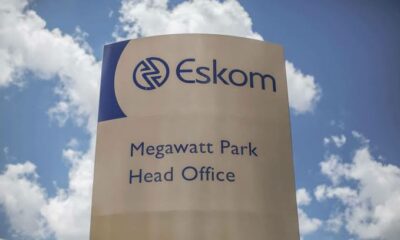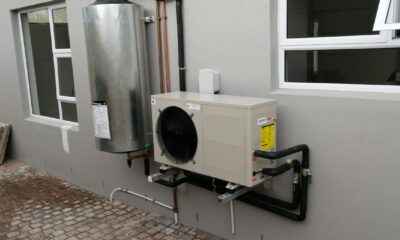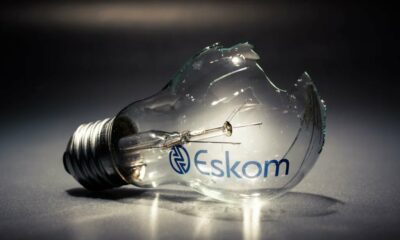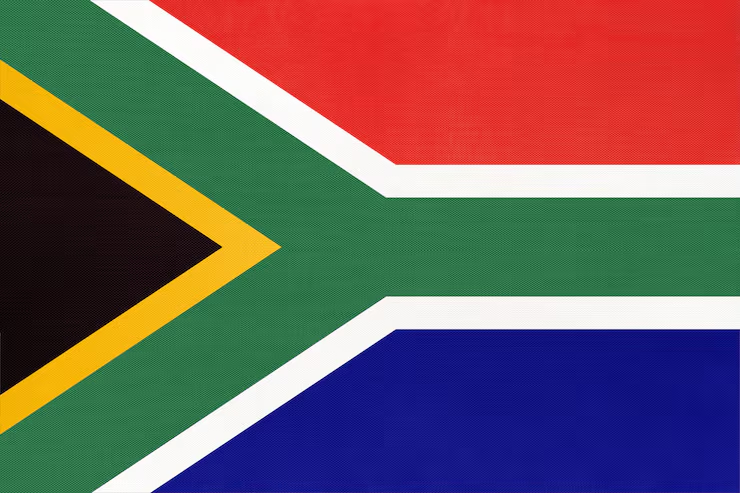Business
Eskom’s R40 Billion Bill: Why You Could Be Paying More for Power Soon
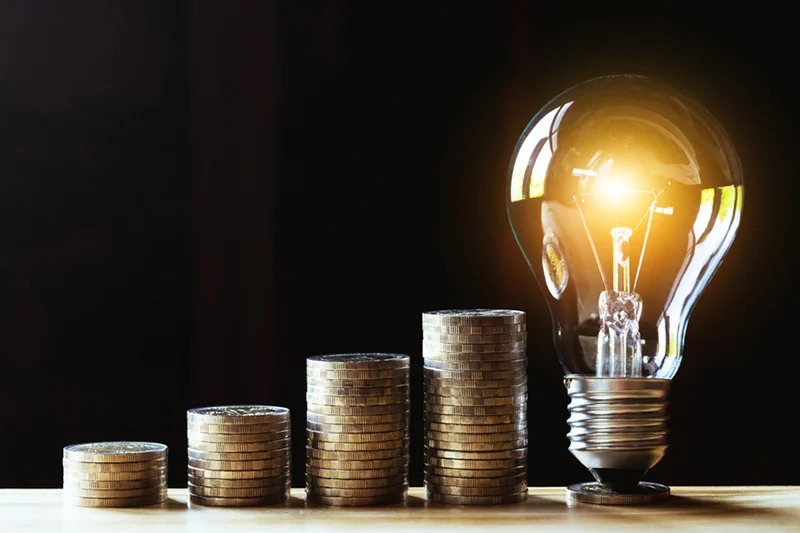
The courtroom victory no one saw coming, except Eskom
Imagine getting a backdated bill for seven years of someone else’s accounting errors. That’s essentially what’s happening in South Africa’s latest electricity bombshell. Eskom has quietly won a legal battle that gives it the right to recover a jaw-dropping R40 billion from consumers, and that’s not including the increases still to come.
The win comes after a settlement with the National Energy Regulator of South Africa (NERSA) was approved by the court in May 2025, finally ending long-standing disputes over the revenue Eskom was denied for the years 2014/15 to 2020/21. The court agreed: NERSA made serious mistakes when calculating how much Eskom was entitled to collect through tariffs. And now? Consumers are footing the bill.
NERSA still has a say on when and how Eskom claws the money back, but either way, the R40 billion isn’t disappearing.
A new fight brews, and it’s over billions more
While South Africans are still reeling from the news of this court-sanctioned clawback, Eskom isn’t done. The power utility has now launched another legal challenge, this time disputing NERSA’s most recent tariff decisions for 2025/26 and the two years after.
Eskom argues it’s once again being short-changed, particularly around the Regulatory Asset Base (RAB), a key figure that determines how much it can recover in tariffs. The latest disagreement? Eskom says NERSA failed to include major assets like the Koeberg nuclear plant, distorting the numbers and leaving Eskom underpaid.
They had originally asked for a 36.15% hike for 2025/26. NERSA only approved 12.74%, effective from 1 April 2025, with modest increases of 5.36% and 6.19% for the next two years. Eskom says that’s not good enough, and they want it reviewed in court.
More than maths: why it matters to everyday South Africans
Energy expert Ruse Moleshe breaks it down: “If the base is wrong, then the entire tariff calculation is flawed,” she says. And that’s not just a technical error; it’s an expensive one. If Eskom wins this new case, further price increases could follow, piling on top of the R40 billion burden already approved.
For the average household or business already stretched thin by load shedding, inflation, and rising living costs, the prospect of higher tariffs is more than just frustrating; it’s destabilising.
What makes it worse? This isn’t the first time. Moleshe points out this pattern has happened before: NERSA miscalculates, Eskom sues, and consumers pay.
Why people can’t just leave Eskom behind
There’s a growing national push for off-grid alternatives, solar panels, inverters, and even neighbourhood microgrids, but for many, especially industries like mining that rely on uninterrupted power, Eskom remains the only viable option.
Despite the backlash, Moleshe acknowledges the reality: “Eskom does need the money. That’s the crux of it.” Its infrastructure is ageing, its debt load is massive, and its core function, keeping the lights on, is still mission critical.
So where did it all go wrong?
NERSA is supposed to be an independent watchdog, applying rules fairly and consistently. But Moleshe says the regulator has been under growing political pressure, even facing interference from government officials. There were whispers earlier this year of the Minister of Electricity stepping in to submit a tariff application on Eskom’s behalf, a move many would view as a serious conflict of interest.
NERSA’s failure to update its price determination methodology, despite years of promises, is another sore point. “We’re still using outdated models in a rapidly changing energy environment,” Moleshe says. “They’re working on a new one, but it’ll take time.”
Public sentiment: stuck in the middle again
The reaction online has been heated. On social media platforms like X (formerly Twitter), users are venting their frustrations with memes, sarcastic comments, and hashtags like #EskomForever and #LoadSheddingLuxury. Some are threatening to boycott payments, while others joke that candles and gas stoves may soon be the only affordable options.
Many South Africans feel caught in the middle of a power struggle that never seems to end, and now they may have to pay, again, for something they didn’t break.
The bottom line
Whether you believe Eskom is justified or not, one thing is clear: energy costs in South Africa are on a steep and painful climb. The court ruling means the R40 billion clawback is more than a headline; it’s a cost that will ripple through household budgets and business operations.
And if Eskom wins its latest case, the numbers may just go higher.
Also read: A Beach. A Bush. A Future. Club Med’s R2 Billion Resort Is Transforming KwaZulu-Natal
Follow Joburg ETC on Facebook, Twitter , TikTok and Instagram
For more News in Johannesburg, visit joburgetc.com
Source: Business Tech
Featured Image: ActionSA



